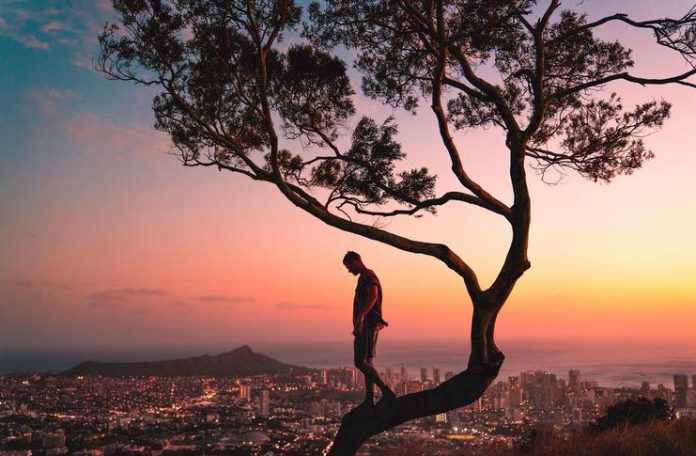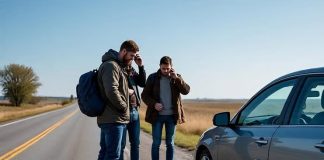
While indoor photography has its benefits, outdoor photography presents a chance to interact and capture nature. Unlike indoor photography, where most features are within your control, outdoor sessions allow you to get creative and appreciate the beauty around you. The biggest challenge most outdoor photographers face is finding the perfect environment to take their shots. If you’re in this fold, below are a few places to consider for your outdoor session.
1. Natural Landscapes
Natural landscapes should be your first go-to place for an outdoor photography session. However, planning an outdoor session in nature requires that you consider various factors. For starters, you should look at the lighting conditions. Lighting affects the outcome of your pictures, which makes it necessary to evaluate the present conditions in advance.
The outdoors and nature offer various lighting conditions for photographers, ranging from soft golden hues during sunrise and sunset to harsh direct rays at midday. Knowing how lighting affects the environment can improve the atmosphere and mood in your pictures. For instance, the dramatic sunrise/sunset rays are perfect if you want photographs with dynamic shadows. You can learn more about lighting from photography workshops.
Lighting aside, you could also choose a good location in the vast nature. For instance, national parks offer a diverse ecosystem with iconic landmarks. This makes them a perfect choice for outdoor sessions. The towering peaks of the Rocky Mountains, valleys, and other features in these landscapes provide unmatched opportunities for creativity.
Also worth mentioning is composition and perspective when photographing natural landscapes. You should freely experiment with different focal lengths, angles, and viewpoints to find the perfect shot. Photographers should also be patient and persistent, especially since Mother Nature is unpredictable and can change at any moment.
2. Urban Settings
Most outdoor photographers currently prefer urban settings for their outdoor shoots for various reasons. For starters, urban settings are full of human activity and visual elements, which make them a compelling photography environment. The bustling city streets and iconic landmarks offer endless opportunities for outdoor photographers to capture live moments and architectural beauty.
The presence of diverse subjects and scenes is the second reason you should think of urban settings for your outdoor shoots. The city space boasts a mixture of historic buildings, modern architecture, skyscrapers, and much more, offering photographers a wealth of lines and shapes to work with.
Urban settings are also full of human activity. Pedestrians in every street, busy markets, and street art give off the much-needed vibrant energy in outdoor photos. Capturing live moments of human interaction adds depth to your images and gives a visual story of the city.
Watch this video to learn more:
There are some things to prioritize when capturing urban settings. Urban environments are busy and chaotic. Therefore, you should be careful with elements in your frame. You should also find the perfect lighting. Harsh, direct midday sun rays cause unflattering shadows in your pictures. As such, consider shooting during the softer, diffused morning or late afternoon sun.
3. Historical Sites
Historical sites are great reminders of the past, so photographers should take advantage of their unique construction to capture the heritage and beauty of the yesteryears. Be it medieval castles, ruins, or colonial landmarks, these sites are excellent sites for outdoor photography.
Check out this video for some more tips on photographing castles:
One compelling aspect of taking pictures of these sites is the sense of timeliness they bring forth. Crumbling hallways, weather stone walls, and other remnants of the past invite your audience to reimagine stories of the past.
Apart from architectural beauty, most historical sites have stunning natural surroundings that enhance the visual appeal of your pictures. Most sites are surrounded by dense vegetation or nestled inside rugged cliffs, which make excellent backdrops for your pictures.
The key to taking great pictures of historical sites is approaching the subjects carefully. You should know the historical and cultural significance of various subjects. As such, you should frame your shots cautiously, ensuring that you highlight all striking features on the subject with minimal distractions.
You should also learn about the subject and its historical significance in advance. By doing this, you can comfortably capture the essential and valuable context of the subjects.
Endnote
You shouldn’t limit your photography indoors. Outdoor photography is an opportunity for photographers to explore and connect with nature. Photographers get to capture interesting wildlife and breathtaking views by going outside. Avid photographers should also use the outdoors to improve their photography skills. Experiment with different photographing techniques, lighting conditions, and other perspectives to develop your unique style.






